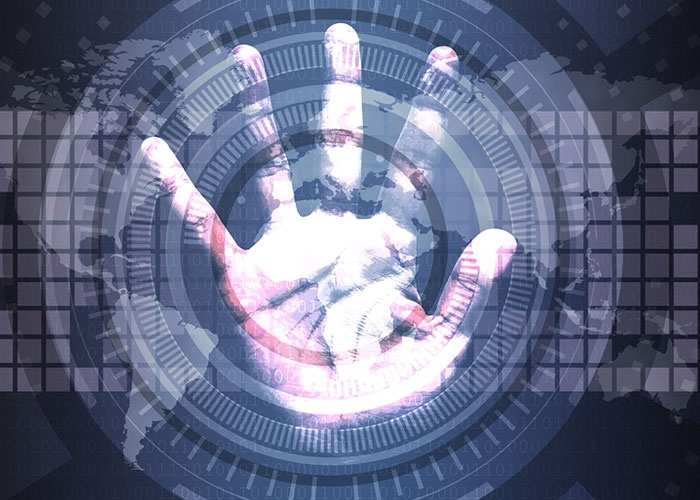Tom Kellerman: Countering Cybercrime in the Next Normal

By Tom Kellermann, Head of Cybersecurity Strategy, VMware Carbon Black
COVID-19 has reshaped the global cyberthreat landscape. While cyberattacks have been on the rise, the surge in frequency and increased threat sophistication is notable. The latest VMware Carbon Black Global Incident Threat Report, Extended Enterprise Under Threat – Global Threat Report series, found cybercriminals have seized the opportunity, taking advantage of the global disruption to conduct nefarious activity.
COVID-19 has exacerbated pre-existing cyberthreats
The VMware Carbon Black latest global survey of Incident Response (IR) professionals found that COVID-19 has exacerbated pre-existing cyberthreats. From counter incident response and island hopping to destructive attacks. Remote work then compounds this bringing additional cybersecurity challenges as employees access critical data and applications from their home networks or with personal devices outside of the corporate perimeter. Cybercriminals are also targeting the cloud, which organisations rely on to enable remote work. If you’re a cybercriminal, the pool of people you can trick now is exponentially larger, simply because we are in a global disaster.
As the threat landscape transforms and expands, the underlying methodologies behind the attacks have remained relatively consistent. Attackers have just nuanced their threat strategies. For example, last Christmas, the number one consumer purchase was smart devices, now they’re in homes that have fast become office spaces. Cybercriminals can use those family environments as a launchpad to compromise and conduct attacks on organizations. In other words, attackers are still island hopping – but instead of starting from an organisation’s network and moving along the supply chain, the attack may now originate in home infrastructures.
Next-generation cyberattacks require next-generation IR
While more than half (53%) of the IR professionals reported encountering or observing an increase in cyberattacks exploiting COVID-19, this isn’t a one-sided battle and there is much security teams can do to fight back.
Next-generation cyberattacks – with adversaries increasingly working to maintain persistence on systems – call for next-generation IR, especially as corporate perimeters across the world breakdown. To this point, here are seven key steps that security teams can take to fight back:
- Gain better visibility into your system’s endpoints: Doing so can empower security teams to be proactive in their IR – rather than merely responding to attacks once they come, they can hunt out prospective threats. This is increasingly important in today’s landscape, with more attackers seeking to linger for long periods on a network and more vulnerable endpoints online via remote access.
- Establish digital distancing practices: People working from home should have two routers, segmenting traffic from work and home devices. They should have a room free of smart devices for holding potentially sensitive conversations. And they should restrict sensitive file sharing across insecure applications, like video conferencing tools.
- Enable real-time updates, policies and configurations across the network: This may include updates to VPNs, audits or fixes to configurations across remote endpoints and other security updates – even when outside the corporate network. It’s important to keep in mind the security architecture when making these changes, otherwise, things get changed without having the proper controls in place to react.
- Enhance collaboration between IT and security teams – and make IT teams more cybersecurity savvy: As noted, 92 percent of IR professionals agree that a culture of collaboration between IT and security teams will improve enterprise security and response to cyber risks. This is especially true under the added stress of the pandemic. Alignment should also help elevate IT personnel to become experts on their own systems, whether it’s training them to threat hunt on a Windows box or identify anomalous configurations on certain SaaS applications.
- Expand Cyber-Threat Hunting: Threat hunting provides ground truth and context which is essential for defence. Situational awareness is dependent on ground truth which is based in the assumption of breach. One must proactively explore their environment for abnormal activity. The cadence of threat hunting must be increased, and the scope should extend to the information supply chain as well as Senior Executives laptops as they work from home.
- Integrate Security Controls: Integration allows organisations to uniquely see across traditional boundaries/silos providing richer telemetry and allowing for defenders to react seamlessly.
- Remember to communicate: Now more than ever, organizations must motivate IT and SECops to get on the same page and prioritize change management while maintaining clear lines of communication – about new risk factors (application attacks, OS exploitation, smart devices, file-sharing applications, etc.), protocols and security resources.
As we move into the next normal, the workforce will largely remain remote and distributed. Organisations will need to prioritise sharpening their security defences and gaining a clearer picture of the evolving threat landscape to inform today, tomorrow and the challenging months to come.





